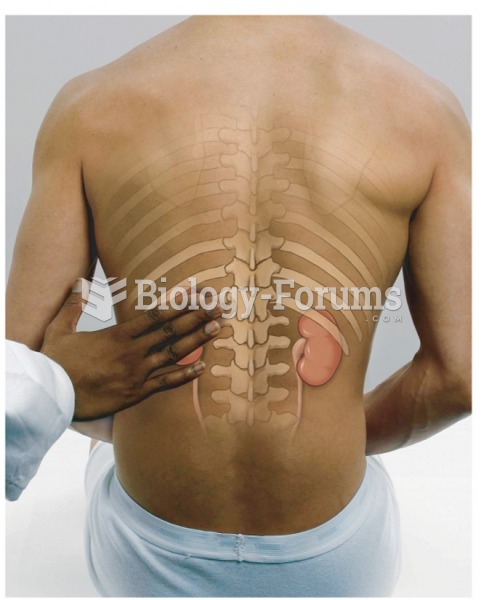This topic contains a solution. Click here to go to the answer
|
|
|
Did you know?
To maintain good kidney function, you should drink at least 3 quarts of water daily. Water dilutes urine and helps prevent concentrations of salts and minerals that can lead to kidney stone formation. Chronic dehydration is a major contributor to the development of kidney stones.
Did you know?
Acetaminophen (Tylenol) in overdose can seriously damage the liver. It should never be taken by people who use alcohol heavily; it can result in severe liver damage and even a condition requiring a liver transplant.
Did you know?
Everyone has one nostril that is larger than the other.
Did you know?
Approximately 25% of all reported medication errors result from some kind of name confusion.
Did you know?
Human stomach acid is strong enough to dissolve small pieces of metal such as razor blades or staples.







